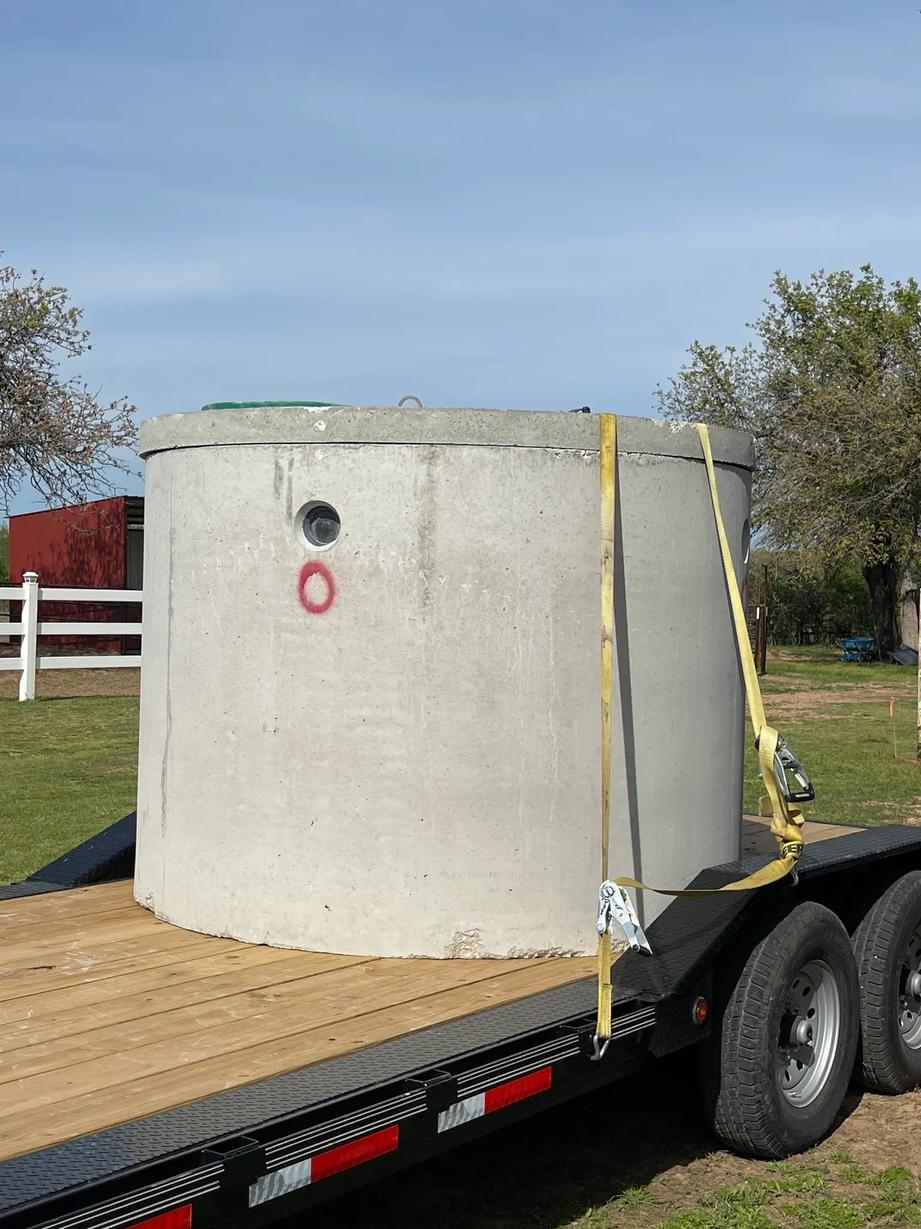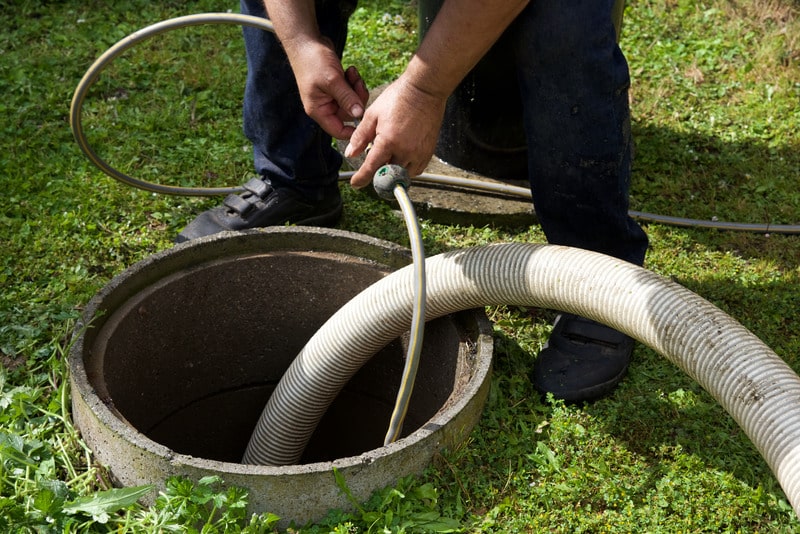Little Known Questions About Stillwell Septic And Grading.
Little Known Questions About Stillwell Septic And Grading.
Blog Article
All About Stillwell Septic And Grading
Table of ContentsOur Stillwell Septic And Grading StatementsThe Greatest Guide To Stillwell Septic And GradingA Biased View of Stillwell Septic And GradingStillwell Septic And Grading Things To Know Before You Get ThisSome Ideas on Stillwell Septic And Grading You Need To KnowThe Basic Principles Of Stillwell Septic And Grading The Main Principles Of Stillwell Septic And Grading

House owners ought to additionally educate themselves on the basics of septic tanks to ensure they make informed choices throughout the installment procedure - Septic Tank Repairs. Septic tanks are a vital part of many homes that are not connected to a metropolitan sewer system. They are made to deal with and take care of home wastewater on-site
The septic tank is a big, below ground container made of concrete, fiberglass, or plastic. The tank separates the solid waste from the fluid waste.
Excitement About Stillwell Septic And Grading
It is likewise crucial to preserve water and stay clear of overloading the system. Easy measures such as dealing with dripping faucets and commodes, installing low-flow showerheads and commodes, and spreading out laundry loads can aid lower water use and expand the life of the septic system.
The topography of the website is also evaluated to make sure that the septic tank is set up at the appropriate altitude. https://www.taringa.net/stillwellsag/quality-septic-solutions-stillwell-septic-and-grading_5btwpt. The system must be set up at a greater altitude than the surrounding area to prevent contamination of the surrounding atmosphere. Setbacks are the minimum distances needed by regulation between the septic system and other frameworks or features such as wells, buildings, and residential property lines
The elevations will make certain that the septic system operates correctly, and wastewater is successfully dealt with. It makes sure that the septic system is set up in the most ideal place, taking right into factor to consider the dirt, topography, and troubles.
A Biased View of Stillwell Septic And Grading
Prior to mounting a septic tank, home owners require to obtain licenses and abide with policies. Some of the licenses and laws that property owners require to consider include:: Home owners need to acquire an authorization from the local health and wellness division or structure department prior to mounting a septic system.
For instance, some towns might require a minimal lot size for septic system installation.: Property owners need to abide by environmental laws when setting up a septic tank. Some states may require an ecological effect evaluation before installing a septic system.: House owners need to conform with building guidelines when mounting a septic system.
Little Known Facts About Stillwell Septic And Grading.
Some districts might call for periodic examinations and pumping of the septic container. It is important for home owners to obtain permits and abide with laws prior to mounting a septic system.
Among one of the most vital factors to think about when choosing a septic container is the size. A septic container that is also tiny for the home's demands will need more frequent pumping, while a container that is also huge can result in too much water build-up and potential system failure. A general guideline of thumb is that the tank should be able to hold a minimum of 2 days' well worth of wastewater.
Stillwell Septic And Grading for Beginners

It's also essential to take into consideration the type of system the septic container will certainly be made use of with. There are two primary kinds of septic systems: gravity and pressure.
8 Easy Facts About Stillwell Septic And Grading Shown
In general, choosing the best septic tank for a home is an important choice that calls for cautious consideration. Before installing a septic tank, home owners have to take specific steps to prepare for the installation process.
Below are some crucial security measures to adhere to: Use safety equipment: Homeowners must put on safety equipment, such as gloves, boots, and helmets, to avoid injury throughout the installation procedure. Avoid electrical lines: Property owners must avoid excavating near electrical lines to avoid electrocution. Use caution when running heavy equipment: Property owners have to utilize care when operating hefty equipment to protect against mishaps and injuries.
The 7-Second Trick For Stillwell Septic And Grading
By adhering to these crucial steps, homeowners can make sure an effective septic system installation process. Septic storage tank installment is an important process that needs mindful planning and implementation. Property owners that are setting up a sewage-disposal tank for the very first time need to know the vital actions associated with the process to ensure that their septic tank operates successfully and properly.

Report this page